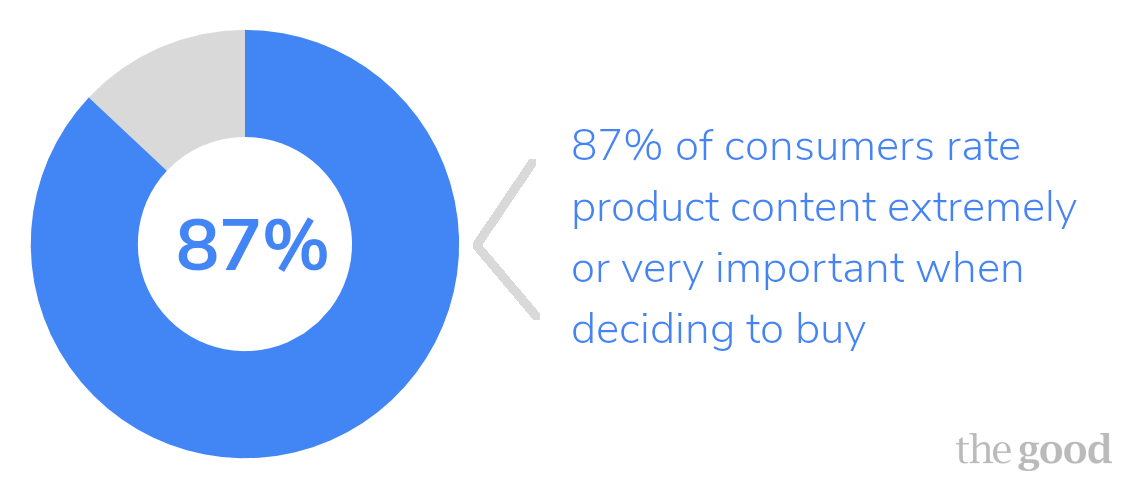Why Do Anchor text Employers Resist Unions?
But that is more due to the fact that Americans want to put some power back in the hands of employees and improve worker experience and work environment, rather than join the ranks of unions themselves. At that time,the subprime mortgage crisis was ongoing — the most significant cause of the subsequent economic recession. 2008 was also the end of the Writer’s Guild of America strike in Hollywood that derailed a number of TV shows and movies in production at the time. From what I can tell, it’s entirely possible that this combination of declining financial security and high-profile labor union action spurred U.S. workers to unionize. The companies start to feel inflexible as they have union contracts to abide by.

- Based on these recent events, it appears that a significant push is underway for laborers in these modern industries to organize and collectively bargain for rights and benefits.
- This assumption undercut the legitimacy of unions and collective bargaining.
- I work in Health care now as an engineer, I work with several union employees that are rock stars at what they do, but I still have a bit of prejudiced against them because they are union.
- Based on this lobbying, the provisions banning all employee representation plans were removed from the draft legislation in late March.
- Thus, workers need not be connected organizationally to others around the world to effectively influence the behavior of a transnational corporation.
- It was the final sudden change in a series of such changes by the Communists in the labor movement that were never forgiven by the non-Communist union leaders.
Once cost of living is accounted for, workers in right-to-work states enjoy higher real, spendable income than workers in non-right-to-work states. Studies show that states with right-to-work laws attract more new business than states without such laws and also typically have a better business Anchor text climate than non-right-to-work states. Arizona Republican Sen. John McCain, whose name bears the law that was upended Thursday, said he hadn’t read the decision but thought that it was headed that way when he listened to arguments presented last fall. McCain said he does not think it completely repudiates the law he wrote with Wisconsin Democratic Sen. Russ Feingold. The ruling is sure to send a jolt to political campaigns throughout the country that are gearing up for the 2010 midterm elections. It will also impact the 2012 presidential race and federal elections to come.
Major Defeats For Unions: 1970
Now, as a wave of unionization has taken hold across shops and industries nationwide, Devault, a professor of labor history at Cornell University’s Industrial and Labor Relations School, knows it’s not just a blip. “It feels to me like a change in the air,” she says, and an indication of a meaningful shift in workers’ mindsets, even in the face of corporate antagonism. In 1970, union membership peaked at about 17 million nationally, over 30% of private-sector employees.
Companies Turn Inflexible:
An employer has the right to ascertain that the union that is coming forward for recognition truly represents the employees, with a minimum interest of about 30 percent. Under current law, employers have the right to refuse to acknowledge a presentation of union cards, and to insist upon a secret ballot election, which is intended to ensure that no employee is coerced into joining the union. And, in 1935, President Franklin Roosevelt signed the National Labor Relations Act, which gives employees the right to unionize and governs how union workers interact with employers. Though fulfillment centers and coffee shop chains are some of the newer spots to organize, the Gallup poll found that union membership is still largest in long-unionized industries. The organization says membership “is highest among front-line and production workers”; 20% of them belong to a union.
In response, Wagner insisted that agriculture was excluded from the purview of the legislation (Farhang and Katznelson 2005, p. 12). There was also implicit agreement that any issues having to do with agriculture and its labor force came under the jurisdiction of the Agricultural Adjustment Administration, which was known to be safely in the hands of conservative Democrats. Thus, this potentially divisive issue did not cause any further problems within the Democratic Party during the legislative process. And note well that from his point forward in the story, the concerns of Southern Democrats become paramount. The accommodation of those concerns made the eventual passage of the National Labor Relations Act possible two years later. Whatever the NLRA’s shortcomings and long-term failures, it changed the American power structure for the next 50 years.
History
Maybe I am in a different place, but it has been my experience that the more money I help the company make, the more money and free time they are willing to give me, I don’t need to threaten to strike if I don’t get a raise, Ill just leave if they don’t give me one. I would sooner die than allow someone to negotiate my pay for me, and I would personally be humiliated if my boss wanted me out but could not fire me because some lawyer was protecting me. Again maybe I am just fortunate in my life and don’t understand the plights of some. Examines the relationship between unionization and R&D, using industry-level data from Canada.
1968 – 1968 Paterson riots, July 2–7, Paterson, New Jersey riots began following rumors a man was killed by the police while being arrested. 1967 – 1967 Albany riot, Albany, New York, July 27–28, riots began in response to a rumor of two deaths at the hands of the police. 1967 – 1967 Grand Rapids riot, July 25–27, Grand Rapids, Michigan, a riot began following the Grand Rapids Police raiding and shutting down an illegal bar. As the patrons stood on the street police attempted to arrest a young man for stealing a car.







